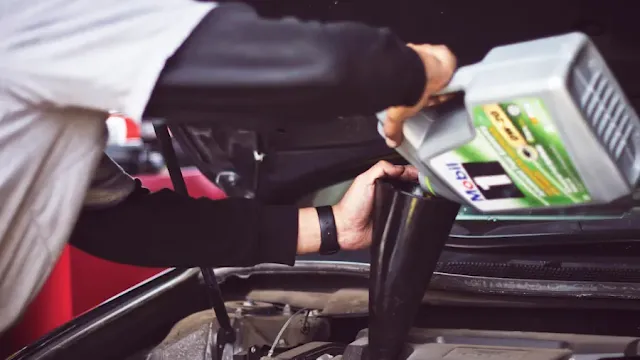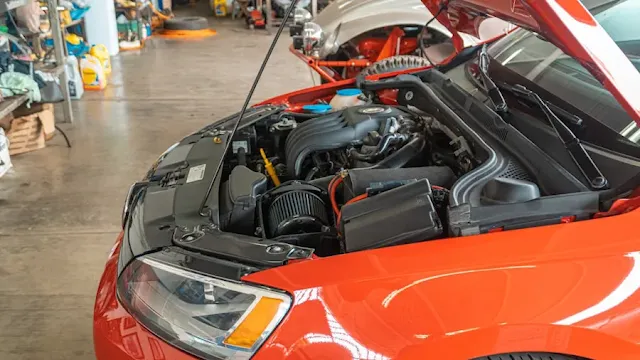Can You Mix Synthetic Oil With Regular Oil?
When it comes to maintaining your car’s engine, oil choice is a critical factor. Synthetic and conventional oils are two primary types used by drivers worldwide. Sometimes, you might find yourself in a situation where you need to mix these two types of oil. The short answer is yes, you can mix conventional oil with synthetic oil. There is no danger or risk of combustion, and mixing the two types of oil won't harm your engine. However, it's essential to understand that mixing them can impact the performance of the synthetic oil.
What Happens When You Mix Synthetic Oil with Regular Oil?
When you mix synthetic oil with conventional oil, you essentially dilute the benefits of the synthetic oil. Synthetic oil is engineered to provide superior lubrication, withstand higher temperatures, and last longer than conventional oil. By mixing the two, the conventional oil can prevent the synthetic oil from performing at its peak, potentially reducing the overall effectiveness of your engine's lubrication system.
Why Can't You Go Back to Regular Oil After Synthetic?
Once you switch to synthetic oil, it's often recommended to continue using it. Synthetic oil leaves behind a residue that conventional oil may not be able to clean effectively, which can lead to sludge build-up. Additionally, synthetic oils provide better protection, and reverting to conventional oil might expose your engine to higher wear and tear.
What Happens If You Accidentally Put Regular Oil Instead of Synthetic?
If you accidentally put regular oil instead of synthetic, it won't cause immediate harm to your engine. However, your engine won't benefit from the superior protection and performance characteristics of synthetic oil. It's best to perform an oil change as soon as possible to ensure your engine continues to receive optimal lubrication and protection.
What is the Disadvantage of Synthetic Oil?
While synthetic oil offers numerous benefits, it does have some disadvantages:
- Cost: Synthetic oil is more expensive than conventional oil.
- Compatibility: Older engines or those with high mileage might not be suitable for synthetic oil due to potential seal leaks.
- Overkill for Short Trips: For drivers who only make short trips or drive infrequently, the benefits of synthetic oil may not justify the higher cost.
Mixing conventional oil with synthetic oil won't harm your engine, but it can reduce the synthetic oil’s performance. It's essential to use the recommended oil type for your engine to ensure optimal performance and longevity. Understanding the benefits and potential drawbacks of each oil type can help you make informed decisions about your car's maintenance needs.
Which Oil Change is Better: Conventional or Synthetic Oil?
The Truth About Engine Oil: How Important Are Brand and Type?










